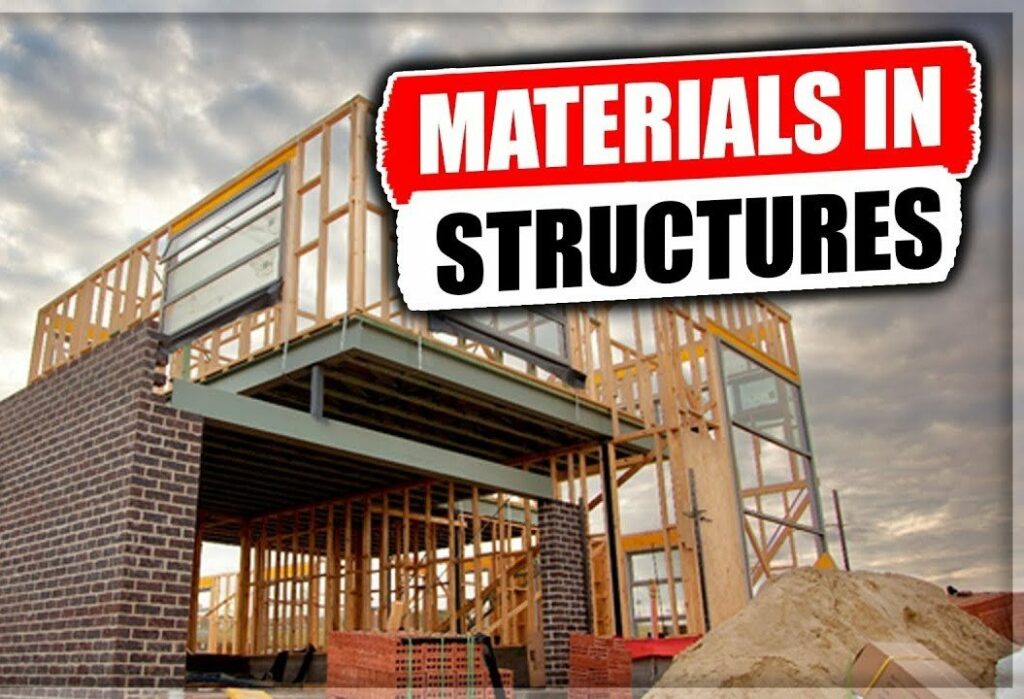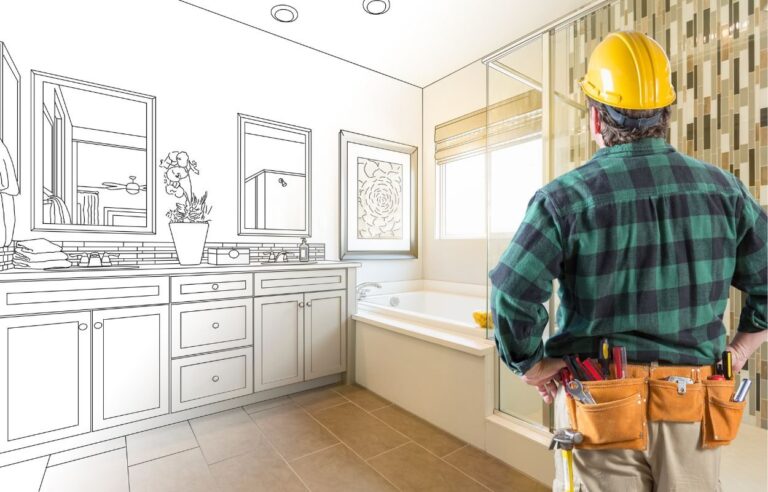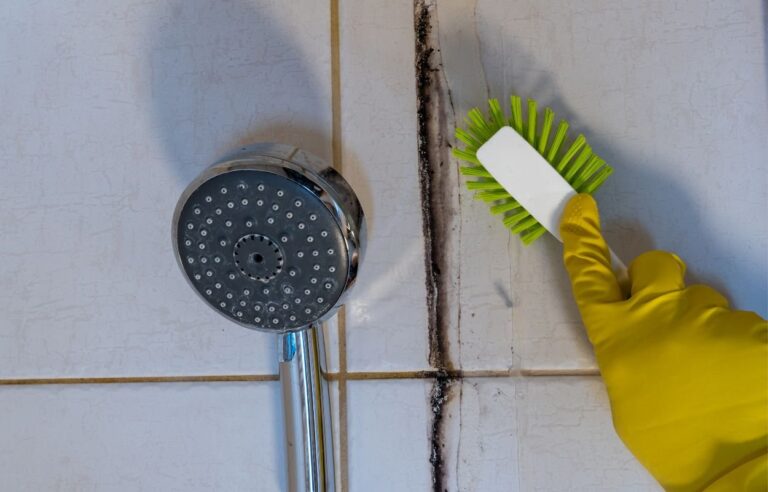Dismantling a house is not just about tearing down old structures; it’s a unique opportunity to uncover and reclaim valuable materials that can be reused, repurposed, or recycled. Whether you’re involved in a demolition project or considering deconstructing your home, knowing what types of materials you might encounter can help you plan effectively and potentially reduce waste. Here’s a guide to the common types of materials you might come across during the dismantling process:
1. Wood
Wood is one of the most common materials found in house dismantling. From structural beams and joists to flooring and paneling, wood can often be salvaged and reused in various ways. Older homes, in particular, may contain hardwood species that are no longer readily available or are now considered premium materials. Reclaimed wood not only has aesthetic and historic value but also environmental benefits as it reduces the need for new lumber.
2. Metals
Metals such as copper, aluminum, and steel are frequently found in homes and are highly recyclable. Copper pipes and wiring are particularly valuable and can be sold for scrap. Steel beams, aluminum siding, and even metal fixtures can also be salvaged and recycled, offering both economic and environmental returns.
3. Bricks and Masonry
Bricks and other masonry materials are a staple in many older homes and can often be reused or sold to others for restoration projects. Reclaimed bricks are sought after for their rustic charm and the character they add to new or renovated buildings. However, careful dismantling is required to preserve the integrity of the bricks for future use.
4. Tiles and Ceramics
Ceramic tiles, especially those that are unique or handcrafted, can be another gem in house dismantling. Tiles can be reused in decorating projects, art pieces, or even incorporated into new construction. Similarly, bathroom fixtures such as porcelain sinks and tubs can be reclaimed.
5. Glass
Glass from windows and doors can sometimes be salvaged, although this requires careful removal to prevent breakage. Stained glass windows or custom glass panels are particularly valuable and can be reused in a variety of decorative contexts.
6. Fixtures and Hardware
Doorknobs, hinges, light fixtures, and even kitchen cabinets can be removed and reused. These items often have vintage or antique value and can fetch a good price in the market or be repurposed in a new setting. Architectural salvage shops are particularly interested in unique or antique fixtures.
7. Flooring
Various types of flooring, including hardwood, tiles, and even some types of linoleum, can be carefully dismantled and reused. Reclaimed flooring has a market not only among those looking to outfit their homes in a vintage style but also among eco-conscious builders seeking sustainable building materials.
Conclusion
Dismantling a house offers a unique opportunity to recover materials that can find new life in other projects. By recognizing the potential in these materials, you can turn a demolition into a resource recovery operation. Not only does this approach support environmental sustainability, but it also adds economic value, transforming waste into wealth. As the trend toward sustainable building grows, the practice of careful dismantling and material recovery is likely to become even more prevalent in the construction and renovation industries.






